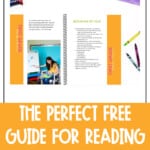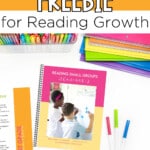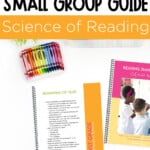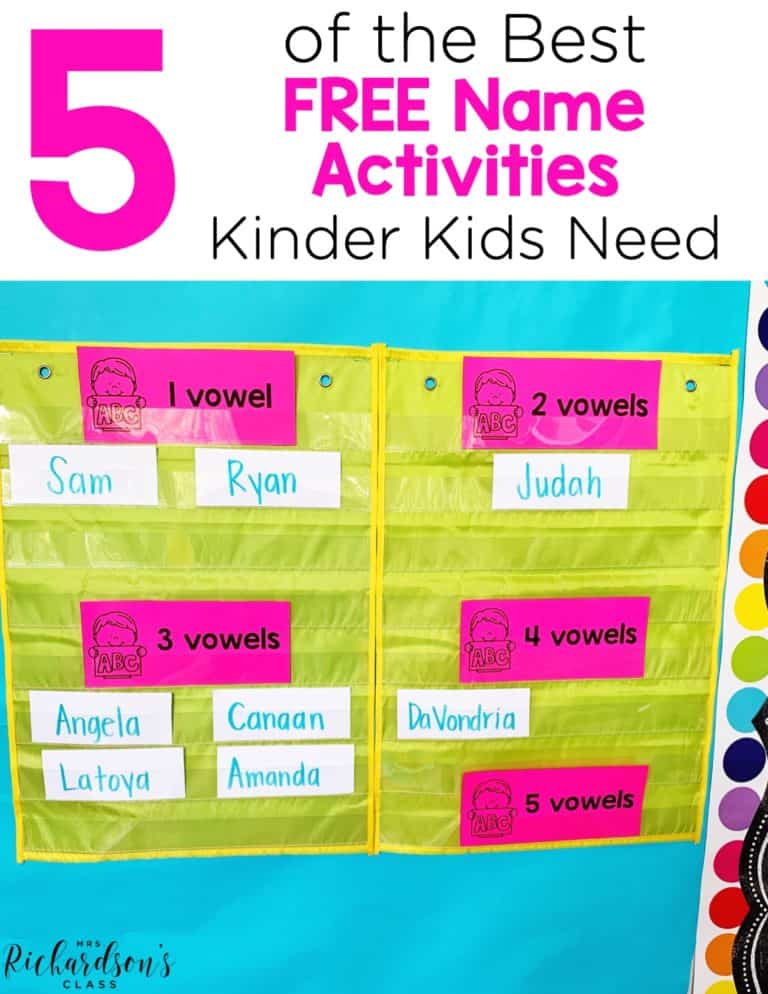


When it comes to reading small groups, one common question I get from teachers is “Now what?” You have assessed your students, now what? You have grouped your students based on skill need or reading level, now what? Knowing what to do with your students once you know where they are in their reading journey can be overwhelming. To help you be able to easily plan your small group reading lessons, I created the Reading Small Groups Guide.
This FREE guide for kindergarten, first, and second grade teachers answers the question, “Now what?”. It walks you through behaviors to support, phonics skills to practice, and comprehension skills to develop for the whole year for each grade level. You’ll want to keep this handy resource at your fingertips so you can move readers forward all year long. Let’s jump into how to use this tool and what’s inside!
The main purpose of the Reading Small Groups Guide is to help you navigate planning your reading small group lessons no matter where your students are in their reading journey. First, after assessing your students, you will use the guide to help you find where to begin. You’ll turn to the section with your students’ grade and the time of the year to start. Then you’ll move forward or backward to meet each student’s needs.
Next, you’ll use this bank of ideas when it comes to phonics skills to focus on, behaviors to support, and comprehension skills to help develop. You’ll be able to see what skills students have just recently mastered, what they need to work on now, and what they are working towards next. This will help you successfully deliver a differentiated reading small group lesson that meets the needs of each student.
The Reading Small Groups Guide is organized by grade and then by skills for the beginning of the year, middle of the year, and end of the year. With the color-coordinated labels and easy-to-read section titles, you’ll easily be able to see where you are in the guide and stay organized.
The first section in each grade level is Behaviors to Support. For our youngest kindergarten readers, knowing where and how to best support them on their reading journey is crucial. From learning concepts about print to problem solving using syllables rules, you’ll easily be able to support each reader.
Then as we look to help support reading behaviors in second grade, we want to watch for things like maintaining fluency over longer texts and processing complex sentences with little difficulty. This guide serves as a checklist for each student, no matter where they are or what level they are on.
Next, the Reading Small Groups Guide has phonics skills readers need from kindergarten through third grade. Building a strong foundation in reading begins with phonological awareness. These skills are used as the base for reading growth. Then as readers grow, they become stronger decoders with better accuracy.
After assessing students, you’ll be able to pinpoint which phonics skills students need to work on. Then, follow this guide to be sure they are no gaps in their phonics skill sets as they grow.
You may find some students are behind on phonics skills. If so, you can easily flip to the previous section for a bank of skills to practice. Some students may be more advanced in reading. If that’s the case, you can flip forward in the guide to help them continue to grow stronger decoding skills with better accuracy and comprehension.
Finally, each grade level has a guide to comprehension skills. The guide has skills students should be working on at the beginning of the year, middle of the year, and end of the year. Even with the youngest readers, we need to keep in mind that the ultimate goal of reading is to understand. We want to make sure we are teaching readers how to think deeply about the text.
Are you ready to get your hands on this ultimate Reading Small Groups Guide? Just leave your email address below and I’ll be sure to send it to you right away. Be sure to check your spam folder if you don’t see it!
You can print it out and put it in your guided reading binder, print it out and have it bound, or keep it on your computer in a digital version. I hope you’ll find it super helpful so that you can boost your readers, help students develop strong decoding skills, and ultimately help them understand what they are reading.

Want to use the latest research to boost your readers during small groups? This FREE guide is packed with engaging ideas to help them grow!

I’m a K-1 teacher who is passionate about making lessons your students love and that are easy to implement for teachers. Helping teachers like you navigate their way through their literacy block brings me great joy. I am a lifelong learner who loves staying on top of current literacy learning and practices. Here, you’ll find the tools you need to move your K-2 students forward!
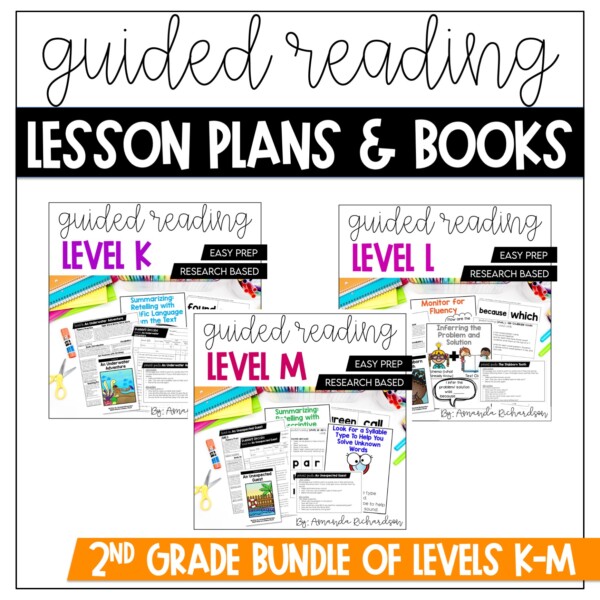


| Cookie | Duration | Description |
|---|---|---|
| cookielawinfo-checkbox-analytics | 11 months | This cookie is set by GDPR Cookie Consent plugin. The cookie is used to store the user consent for the cookies in the category "Analytics". |
| cookielawinfo-checkbox-functional | 11 months | The cookie is set by GDPR cookie consent to record the user consent for the cookies in the category "Functional". |
| cookielawinfo-checkbox-necessary | 11 months | This cookie is set by GDPR Cookie Consent plugin. The cookies is used to store the user consent for the cookies in the category "Necessary". |
| cookielawinfo-checkbox-others | 11 months | This cookie is set by GDPR Cookie Consent plugin. The cookie is used to store the user consent for the cookies in the category "Other. |
| cookielawinfo-checkbox-performance | 11 months | This cookie is set by GDPR Cookie Consent plugin. The cookie is used to store the user consent for the cookies in the category "Performance". |
| viewed_cookie_policy | 11 months | The cookie is set by the GDPR Cookie Consent plugin and is used to store whether or not user has consented to the use of cookies. It does not store any personal data. |
